Sunda Pangolin
- February 9, 2024
- 0 comment
The Sunda Pangolin, scientifically known as Manis javanica, is a unique mammal native to Southeast Asia. Recognized for its distinctive appearance, this creature is covered in tough, overlapping scales made of keratin, similar to human fingernails. It is relatively small in size, measuring around 50 to 65 centimeters in length and weighing between 4 to 8 kilograms. Sunda Pangolins are primarily nocturnal and arboreal, spending much of their time in trees and dense vegetation.

Their diet consists mainly of ants and termites, which they capture using their strong claws and long, sticky tongues. Despite their importance in maintaining ecological balance by controlling insect populations, Sunda Pangolins face numerous threats, including habitat loss, poaching, and illegal wildlife trade. Conservation efforts are underway to protect these elusive creatures and ensure their survival for future generations.
| Specifications | Details |
|---|---|
| Scientific Name | Manis javanica |
| Common Names | Sunda Pangolin, Malayan Pangolin |
| Size | 50 to 65 centimeters in length |
| Weight | 4 to 8 kilograms |
| Habitat | Tropical forests and grasslands of Southeast Asia |
| Diet | Mainly ants and termites |
| Body Covering | Tough, overlapping scales made of keratin |
| Activity | Nocturnal, primarily arboreal |
| Behavior | Solitary, except during breeding season |
| Reproduction | Gestation period of about 5 months, giving birth to a single offspring |
| Conservation Status | Critically endangered |
| Threats | Habitat loss, poaching, illegal wildlife trade |
| Conservation Efforts | Habitat protection, law enforcement, public awareness |
A Mysterious Creature of the Forests
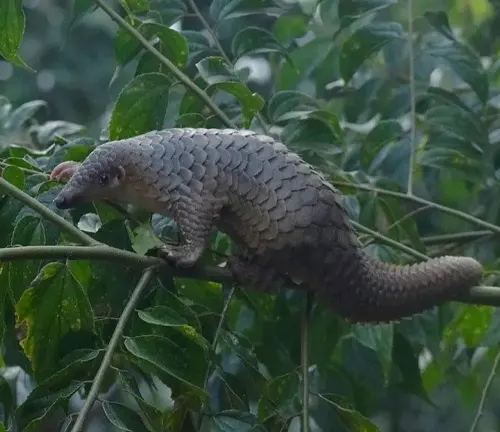
The Sunda Pangolin, also known as the Malayan Pangolin or Manis javanica, is a fascinating mammal native to Southeast Asia. This unique creature belongs to the order Pholidota and is characterized by its distinctive overlapping scales covering its body, making it one of the most peculiar animals on the planet.
Physical Characteristics
The Sunda Pangolin is relatively small in size, measuring around 50 to 65 centimeters in length and weighing between 4 to 8 kilograms. Its body is covered with tough, overlapping scales made of keratin, similar to human fingernails, providing protection against predators. These scales are a defining feature of pangolins and are prized in traditional medicine, leading to illegal trafficking and poaching.
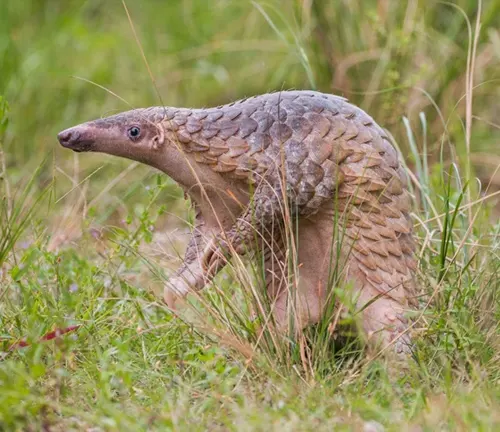
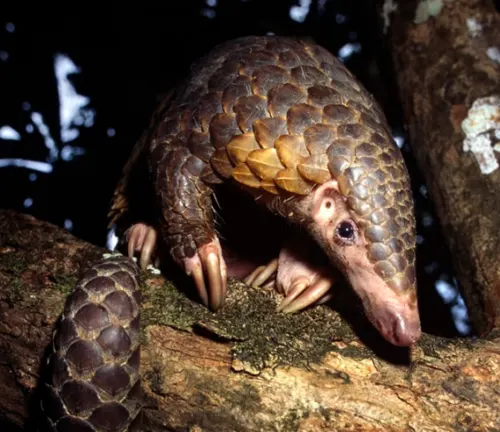
- Size: Sunda Pangolins are relatively small, typically measuring between 50 to 65 centimeters in length from snout to tail.
- Weight: They weigh between 4 to 8 kilograms, with variations among individuals based on age and health.
- Body Shape: Their bodies are covered with tough, overlapping scales made of keratin, similar in composition to human fingernails. These scales provide protection from predators and environmental hazards.
- Coloration: Sunda Pangolins have a unique coloration, with scales ranging from dark brown to pale yellow. The color may vary slightly among individuals and populations.
- Limbs and Claws: They have powerful limbs with sharp, curved claws, which they use for digging burrows, climbing trees, and capturing prey. The claws are well-adapted for tearing into termite mounds and ant nests.
- Tail: Their tails are prehensile, meaning they can grasp and hold onto objects. The tail aids in climbing and balancing while navigating through their arboreal habitats.
- Head and Snout: Sunda Pangolins have small heads with pointed snouts, equipped with keen senses of smell and hearing. Their sense of smell helps them locate prey, while their sensitive ears detect potential threats.
- Tongue: They possess a long, sticky tongue, which can extend up to 16 inches in length. This specialized tongue is used to capture ants, termites, and other small insects found in their diet.
- Eyes and Ears: Their eyes are small and relatively inconspicuous, adapted for nocturnal vision. Sunda Pangolins have excellent hearing, allowing them to detect the movements of prey and potential predators.
- Gait: When walking on the ground, Sunda Pangolins have a distinctive gait, walking on their hind legs with their forelimbs raised off the ground. This posture helps protect their vulnerable underbelly, which is not covered by scales.
Habitat and Distribution
Sunda Pangolins are primarily found in tropical forests and grasslands throughout Southeast Asia, including countries like Indonesia, Malaysia, Thailand, Vietnam, and the Philippines. They are arboreal and nocturnal creatures, spending much of their time in trees and dense vegetation, coming down to the ground occasionally in search of food.
Habitat
The Sunda Pangolin, or Malayan Pangolin, is primarily found in the tropical forests and grasslands of Southeast Asia. This elusive creature inhabits a range of habitats, including dense rainforests, bamboo thickets, and secondary growth forests. Sunda Pangolins are also known to inhabit agricultural areas, oil palm plantations, and fragmented landscapes.
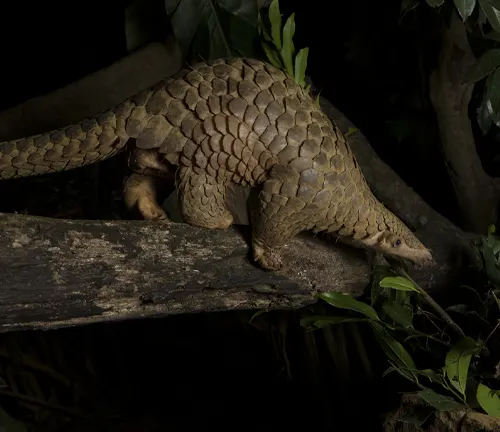
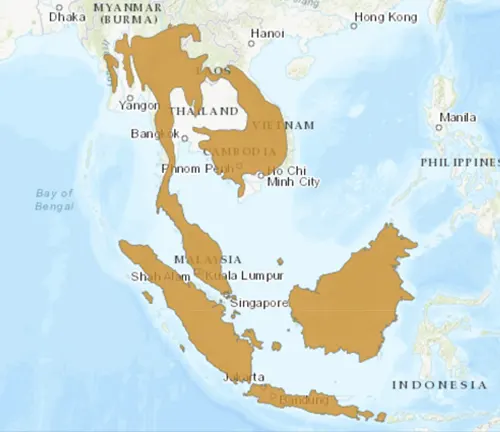
Distribution
The Sunda Pangolin, scientifically known as Manis javanica, has a distribution that spans various countries in Southeast Asia. Primarily, Sunda Pangolins can be found in Indonesia, Malaysia, Thailand, Vietnam, and the Philippines. Within these countries, they inhabit a range of habitats including tropical forests, grasslands, bamboo thickets, and agricultural areas.
Diet and Feeding Habits
These elusive creatures are insectivorous, primarily feeding on ants and termites. Equipped with strong claws and a long, sticky tongue, they raid termite mounds and ant nests, consuming thousands of insects each night. Their specialized diet makes them crucial for controlling insect populations, playing a vital role in maintaining the ecological balance of their habitats.
Diet
Sunda Pangolins are insectivorous mammals, meaning they primarily feed on insects. Their diet consists mainly of ants and termites, although they may also consume other small invertebrates found in their habitat. Ants and termites provide a rich source of protein and nutrients essential for the pangolin’s survival.

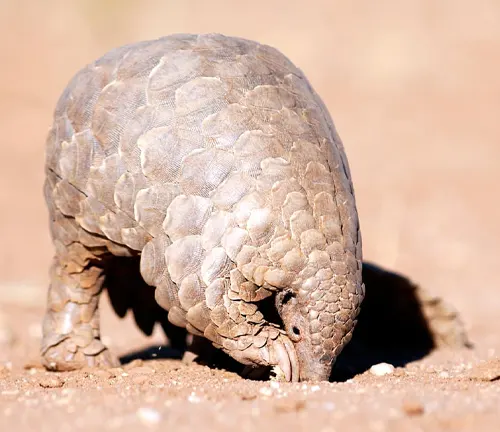
Feeding Habits
The Sunda Pangolin is equipped with several specialized adaptations for feeding on ants and termites. One of its most distinctive features is its long, sticky tongue, which can extend up to 16 inches in length. This tongue is used to probe into ant nests and termite mounds, lapping up insects with remarkable precision.
Behavior and Reproduction
Sunda Pangolins are solitary animals, except during the breeding season. They communicate through a combination of vocalizations, scent markings, and body language. Breeding typically occurs once a year, with females giving birth to a single offspring after a gestation period of about 5 months. The young pangolin relies on its mother for nourishment and protection until it is independent.
Behavior
Sunda Pangolins are primarily solitary creatures, preferring to live and forage alone except during the breeding season or when a mother is caring for her young. They are nocturnal, meaning they are most active during the night, spending their days resting in burrows or hollow trees. Their nocturnal habits help them avoid predators and reduce competition for food.
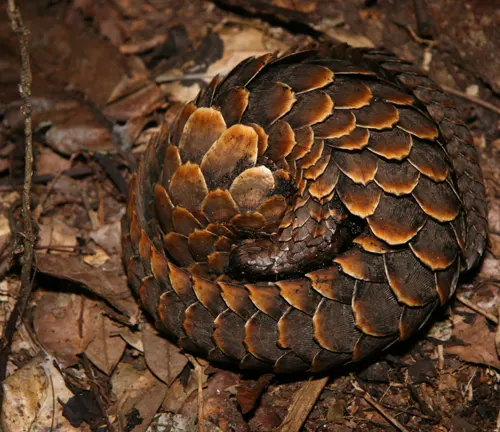
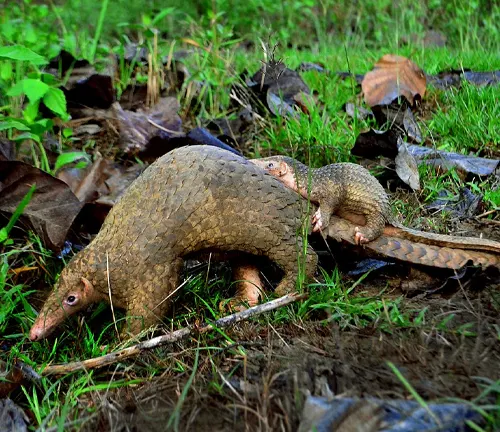
Reproduction
Breeding in Sunda Pangolins typically occurs once a year, with specific timing varying based on factors such as geographic location and environmental conditions. Female pangolins undergo a gestation period of around 5 months before giving birth to a single offspring, although twins are rare.
Conservation Status
Despite their importance in ecosystems, Sunda Pangolins face numerous threats, including habitat loss, poaching, and illegal wildlife trade. They are classified as critically endangered by the International Union for Conservation of Nature (IUCN), with populations declining rapidly due to human activities.
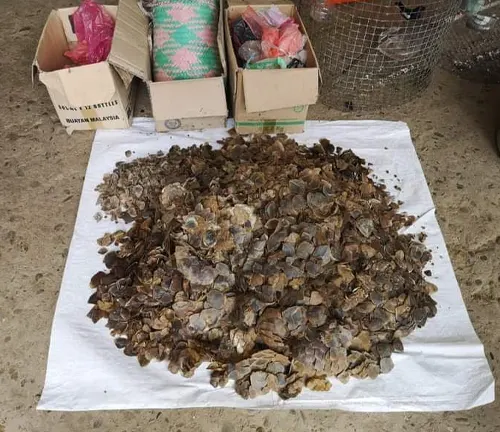
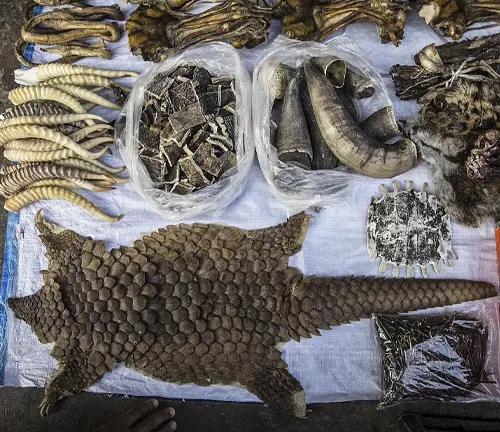
- Habitat Loss and Degradation: Deforestation, agricultural expansion, and urbanization have led to the loss and fragmentation of the pangolin’s natural habitat. As forests are cleared for timber extraction, agriculture, and infrastructure development, pangolins are left with fewer suitable habitats for foraging and breeding.
- Poaching and Illegal Wildlife Trade: Sunda Pangolins are highly sought after for their scales, which are used in traditional Asian medicine despite the lack of scientific evidence supporting their medicinal properties. Additionally, pangolin meat is considered a delicacy in some cultures. As a result, pangolins are heavily targeted by poachers and traffickers, driving their populations to the brink of extinction.
- Human-Wildlife Conflict: Encounters between Sunda Pangolins and humans can lead to conflict, particularly in areas where pangolins raid crops or damage property while foraging for food. This conflict further exacerbates negative perceptions of pangolins and can result in retaliatory killings or habitat destruction.
- Lack of Awareness and Conservation Efforts: Despite growing recognition of the threats facing pangolins, there remains a lack of awareness about their conservation status and the importance of protecting them. Conservation efforts are often hindered by limited resources, inadequate law enforcement, and challenges in monitoring and regulating illegal wildlife trade.
Efforts in Conservation
Various organizations and governments are working tirelessly to conserve Sunda Pangolins and their habitats. Conservation efforts include habitat protection, law enforcement against poaching and trafficking, public awareness campaigns, and research initiatives to better understand pangolin behavior and ecology.capture and sale.
Role in Ecosystem

As key predators of ants and termites, Sunda Pangolins play a crucial role in regulating insect populations, which helps maintain the health of forests and grasslands. Their burrowing behavior also aerates the soil, promoting nutrient cycling and plant growth.
Different Species
Chinese Pangolin
(Manis pentadactyla)
Found in various regions of China and parts of Southeast Asia, the Chinese Pangolin is distinguishable by its small size and dark brown scales.
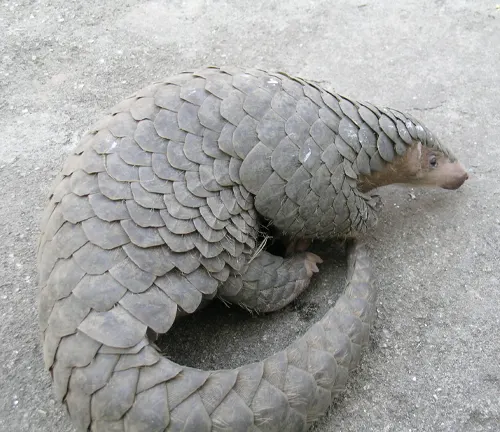
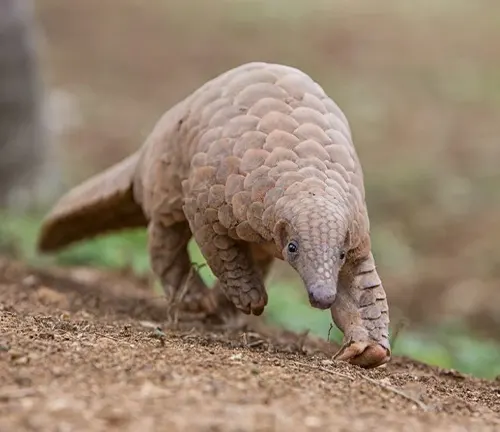
Indian Pangolin
(Manis crassicaudata)
Native to the Indian subcontinent, the Indian Pangolin has large, overlapping scales and is known for its defensive behavior of rolling into a tight ball when threatened.
Philippine Pangolin
(Manis culionensis)
Endemic to the Philippines, the Philippine Pangolin is one of the smallest pangolin species, with a distinct coloration of creamy-white scales with black edges.

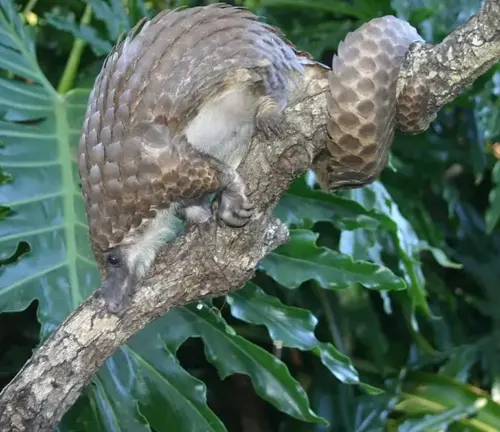
Tree Pangolin
(Manis tricuspis)
Also known as the White-bellied Pangolin, the Tree Pangolin inhabits the forests of Central and West Africa. It is arboreal and has a prehensile tail for climbing trees.
Giant Pangolin
(Manis gigantea)
Found in parts of Central and West Africa, the Giant Pangolin is the largest species of pangolin, with individuals reaching lengths of up to 1.8 meters. It has thick, elongated scales and a powerful tail.
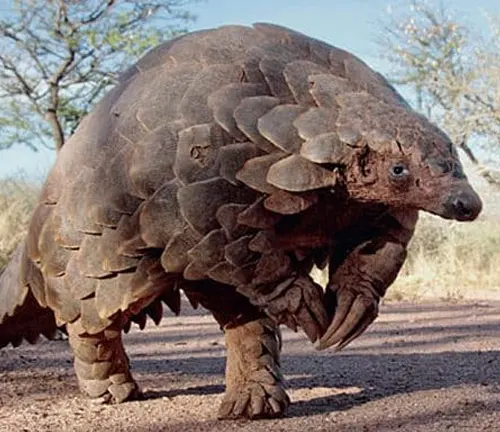
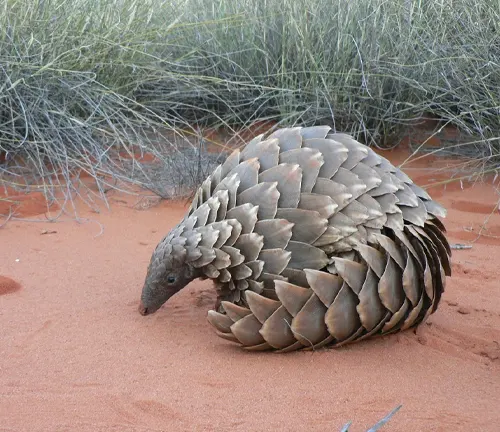
Ground Pangolin
(Manis temminckii)
Native to Central and Southern Africa, the Ground Pangolin is adapted for terrestrial living and has a relatively slender body compared to other pangolin species.
Frequently Asked Question (FAQs)
- What is the Sunda Pangolin?
The Sunda Pangolin, also known as the Malayan Pangolin, is a mammal native to Southeast Asia. It is recognized for its unique appearance, characterized by overlapping scales covering its body. - Where does the Sunda Pangolin live?
Sunda Pangolins inhabit tropical forests and grasslands throughout Southeast Asia, including countries like Indonesia, Malaysia, Thailand, Vietnam, and the Philippines. - What does the Sunda Pangolin eat?
Sunda Pangolins primarily feed on ants and termites, using their strong claws and long, sticky tongues to raid termite mounds and ant nests. - Why is the Sunda Pangolin endangered?
The Sunda Pangolin is critically endangered due to threats such as habitat loss, poaching, and illegal wildlife trade. Its scales are highly valued in traditional medicine, driving demand for illegal trafficking. - What conservation efforts are in place to protect the Sunda Pangolin?
Conservation efforts include habitat protection, law enforcement against poaching and trafficking, public awareness campaigns, and research initiatives to better understand pangolin behavior and ecology. - Can Sunda Pangolins be kept as pets?
No, Sunda Pangolins are wild animals and are not suitable as pets. Keeping pangolins in captivity is also illegal in many countries due to their endangered status. - How can I help Sunda Pangolins?
You can support pangolin conservation efforts by raising awareness, donating to reputable organizations, avoiding products made from pangolin parts, and advocating for stronger laws against illegal wildlife trade. - Are Sunda Pangolins dangerous to humans?
Sunda Pangolins are not aggressive towards humans and typically avoid confrontation. However, they may defend themselves if threatened or cornered. - What is the role of Sunda Pangolins in the ecosystem?
Sunda Pangolins play a crucial role in regulating insect populations, which helps maintain the health of forests and grasslands. Their burrowing behavior also aerates the soil, promoting nutrient cycling and plant growth. - Are there any pangolin species that are not endangered?
All eight species of pangolins, including the Sunda Pangolin, are currently threatened with extinction due to habitat loss, poaching, and illegal trade. Efforts to conserve pangolins must be prioritized to prevent their disappearance from the wild.




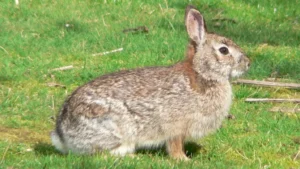



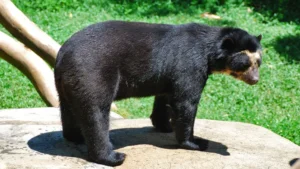
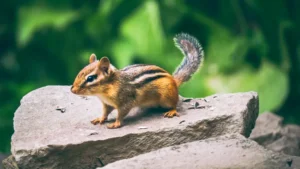




Leave your comment